While I was noodling about in the Scott booth getting an exclusive on the new Fox Live Valve electronic suspension system, I came across another feature built into the rear shocks on some of the 2019 Genius models. Looking similar to the current Fox Nude shock on the 2018 Scott Genius, the new version now has a small external lever on the front of the air can that’s labelled ‘Ramp Adjust’.
Scott wasn’t giving a whole lot of info about the 2019 Genius (apparently the official launch is a little while away) but I did manage to pull aside one of Scott’s Senior Mountain Bike Engineers, Tim Stevens, to peg him a few questions about the new shock and what’s going on with that lever.
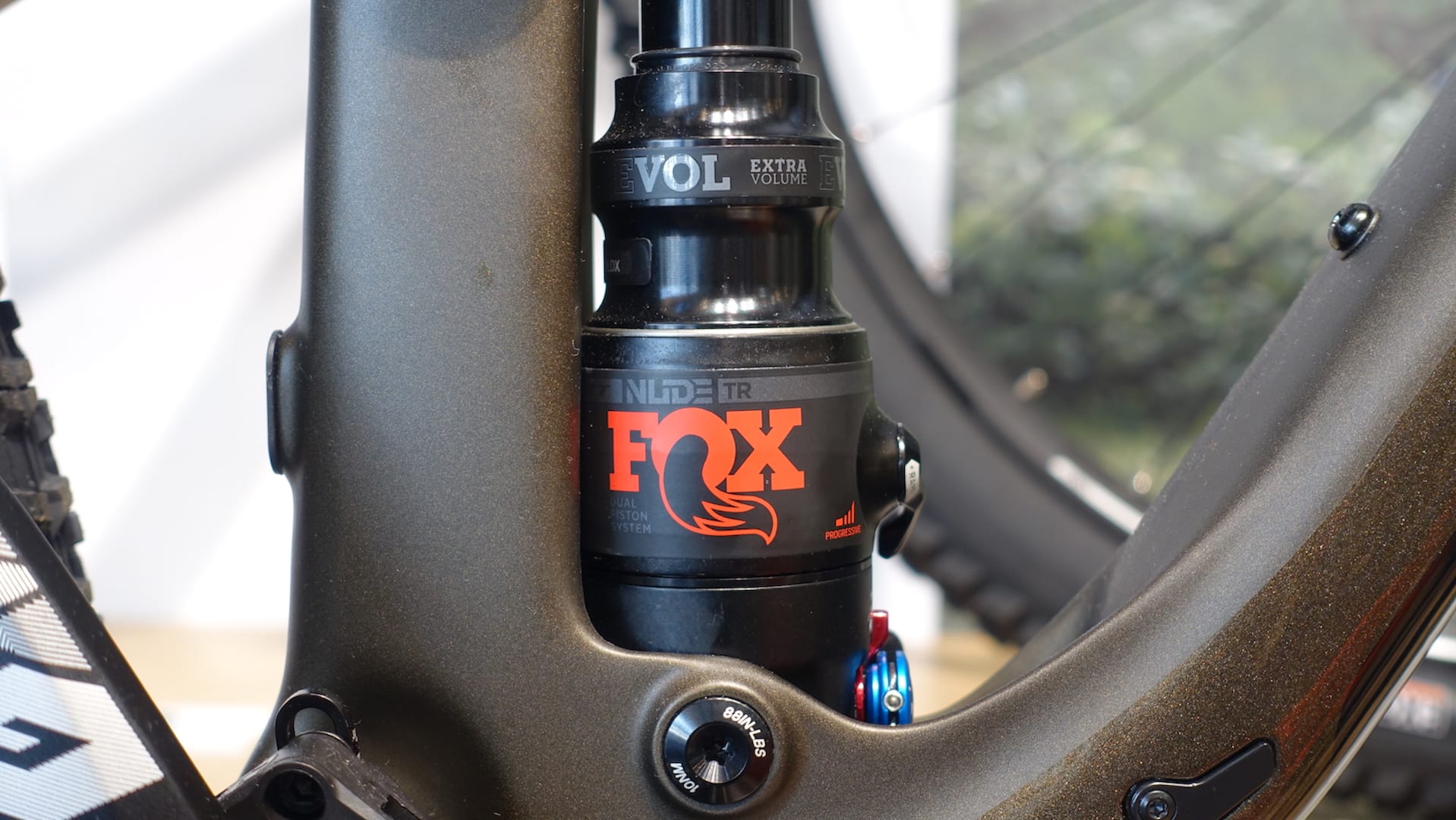
As it turns out, this little lever isn’t just an add-on to the existing Nude shock. For 2019, the higher-end Genius models will actually come with a brand new rear shock. The Genius frame otherwise stays the same, and it still has 150mm of travel front and rear, along with dual wheelsize compatibility (checkout my review of the 2018 Scott Genius 900 Tuned for more details about how that works).
The shocks are also still designed by Scott and made by Fox Racing Shox (except for the base model, which will come with an X-Fusion O2 shock), but on the higher-end Genius models, there are two entirely new shocks; the Nude T and the Nude TR. These feature bigger air cans to create a higher volume design – both the positive and negative air chambers are larger than the regular Nude shock. According to Stevens, the new Nude T and Nude TR shocks are more sensitive, and provide more tuning options for adjusting the compression ratio (progression).

Where the trickery lies is in the addition of a third positive air chamber. This is the visual bulge you can see around the air can, and it’s what contributes to the increase in air volume over the regular Nude shocks. The little lever you see on the air can of the Nude TR shock is connected to a valve inside that either opens or closes this third air chamber. It’s a simple on/off valve, so you either have the third chamber open or closed. By doing so, the Ramp Adjust allows the rider to select a high volume setting for a more linear suspension feel, or a low volume setting for a more progressive suspension feel. How cool is that!
I should point out that the Ramp Adjust feature only works in the Descend mode on the TwinLoc system. When you’re in the Traction or Locked modes, it has no effect on suspension behaviour at all.
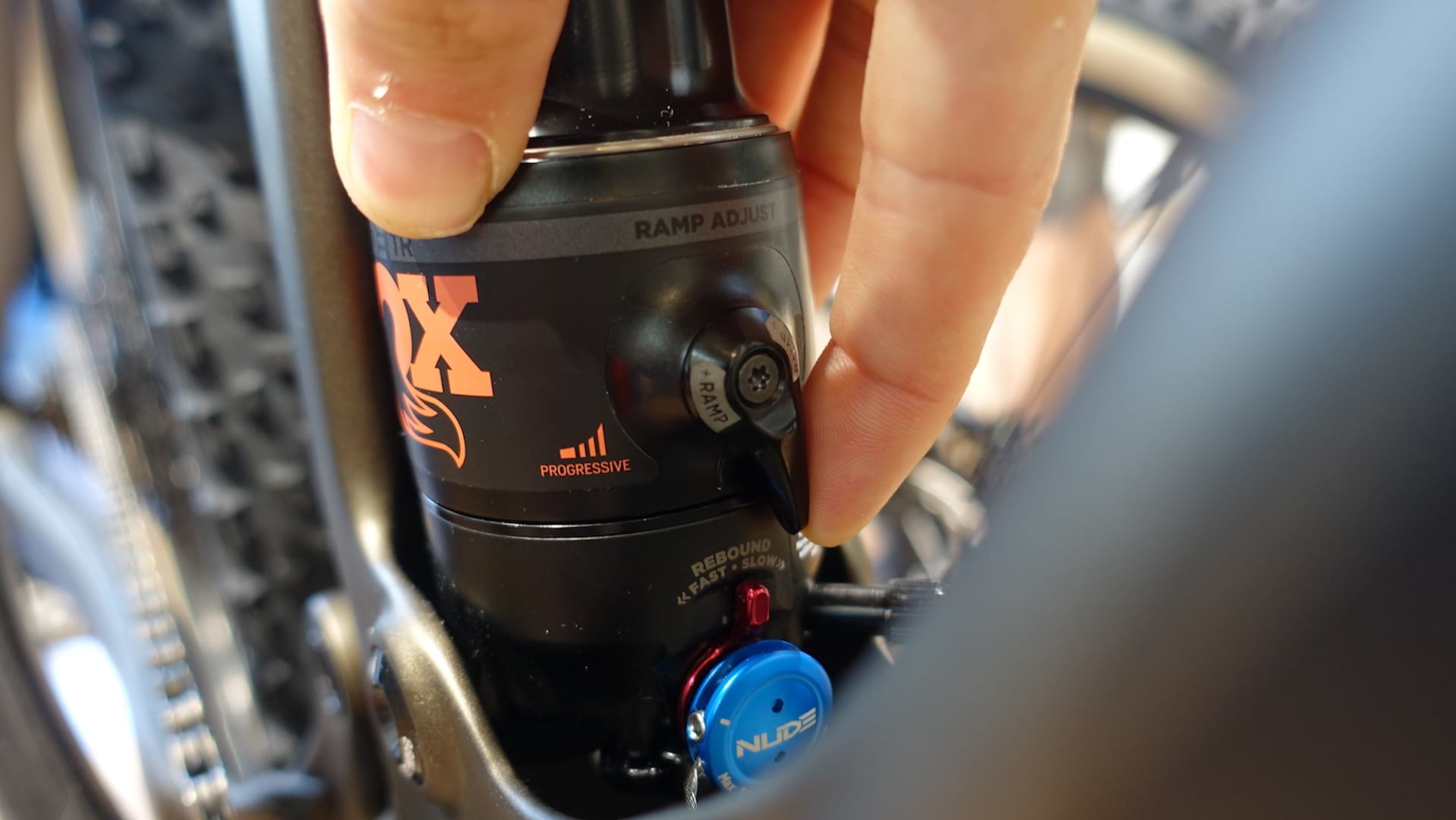
So why provide external volume adjustment? It simply allows the rider to select between two different setups, without having to open up the shocks’ air can to fit or remove volume spacers. Stevens points out that you can still do that – the Fox Nude shocks are still compatible with Fox’s standard volume spacers, so there’s even more scope for fine-tuning the regular way.
However, just like MRP’s Ramp Control fork cartridge that we reviewed, having the ability to adjust the shock’s progression on the trail gives you the ability to tune the bike depending on the terrain you’re on. Hitting up a bikepark with lots of doubles, tables and drops? Flick the lever into Progressive mode for more bottom-out support. Going out for an all-day trail ride and plan to keep the wheels on the ground? Set the lever into Linear mode to get a more supple and active suspension feel, with more usable travel.
According to Stevens, changing to the Progressive setting provides an increase in the force required to hit bottom-out by 50%, so it’s a pretty decent change. Again, if you want more bottom-out support than that, you can still add more volume spacers the old fashioned way.

For 2019, the Genius range will also feature various updates to build kits, including a move to wider handlebars (yes!) and a significant update to the TwinLoc remote handlebar system. While the current version works fine, I’ve found there to be a couple of issues, not least of which is the dead-annoying location of the bolt for the left-hand grip, which secures the TwinLoc lever and dropper post lever to the bar.
The bolt has now been moved to make it much easier to access, and the lever paddles themselves have been smoothed out for a more ergonomic feel. Traction grooves have been machined into the big paddle for added grip, and the dropper lever has also been moved down a touch to reduce the distance your thumb has to travel to get to it.
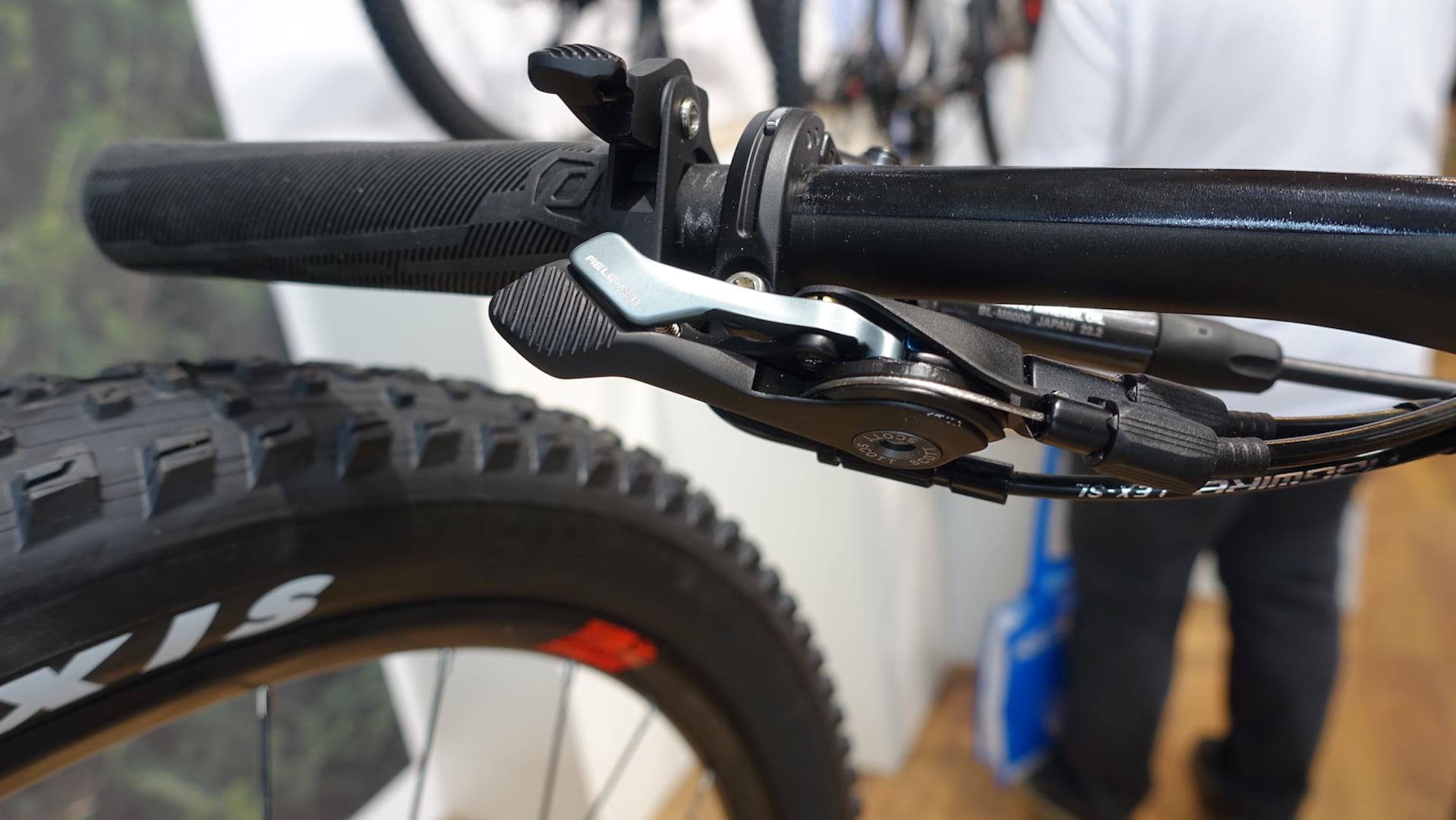
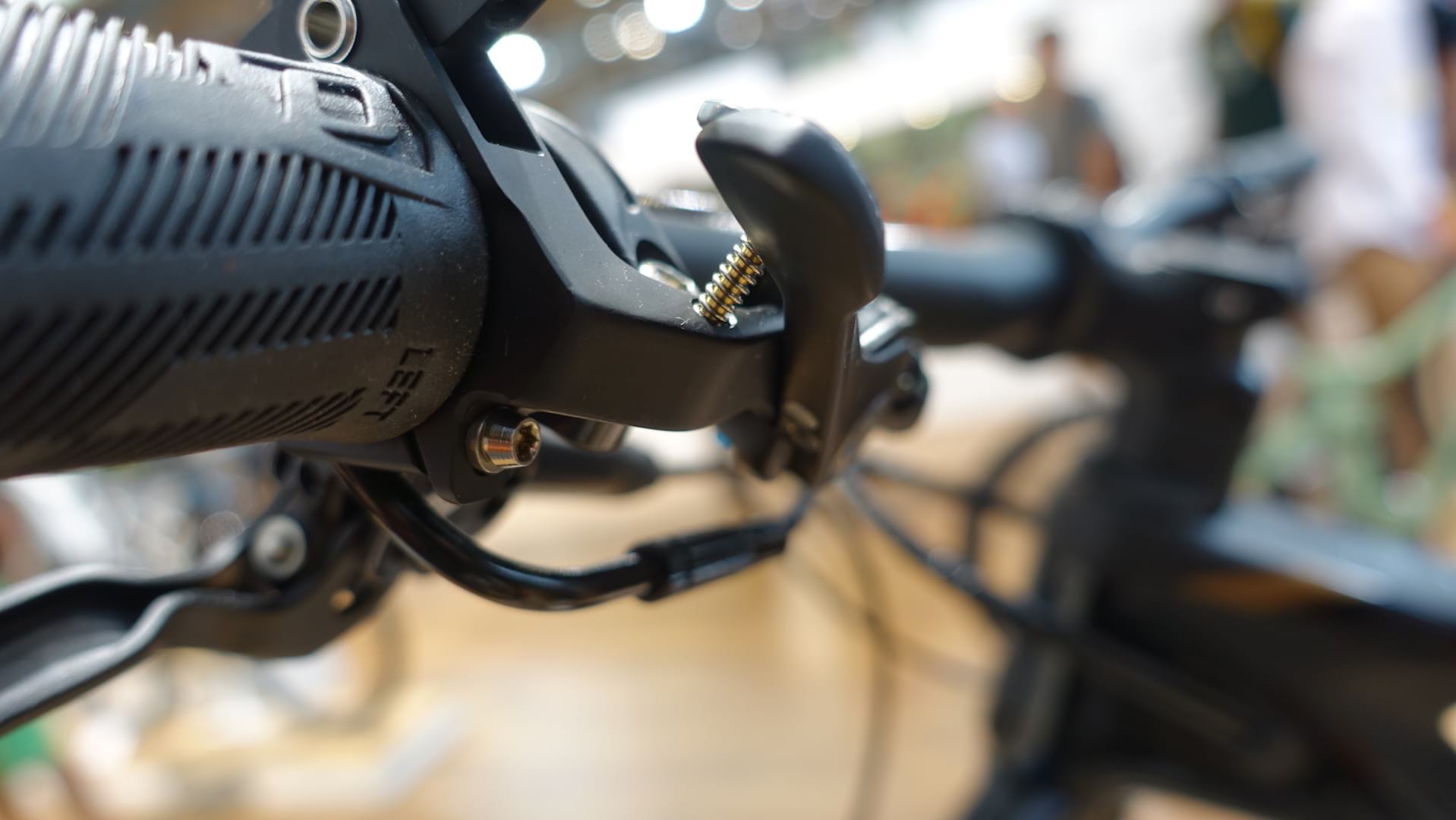
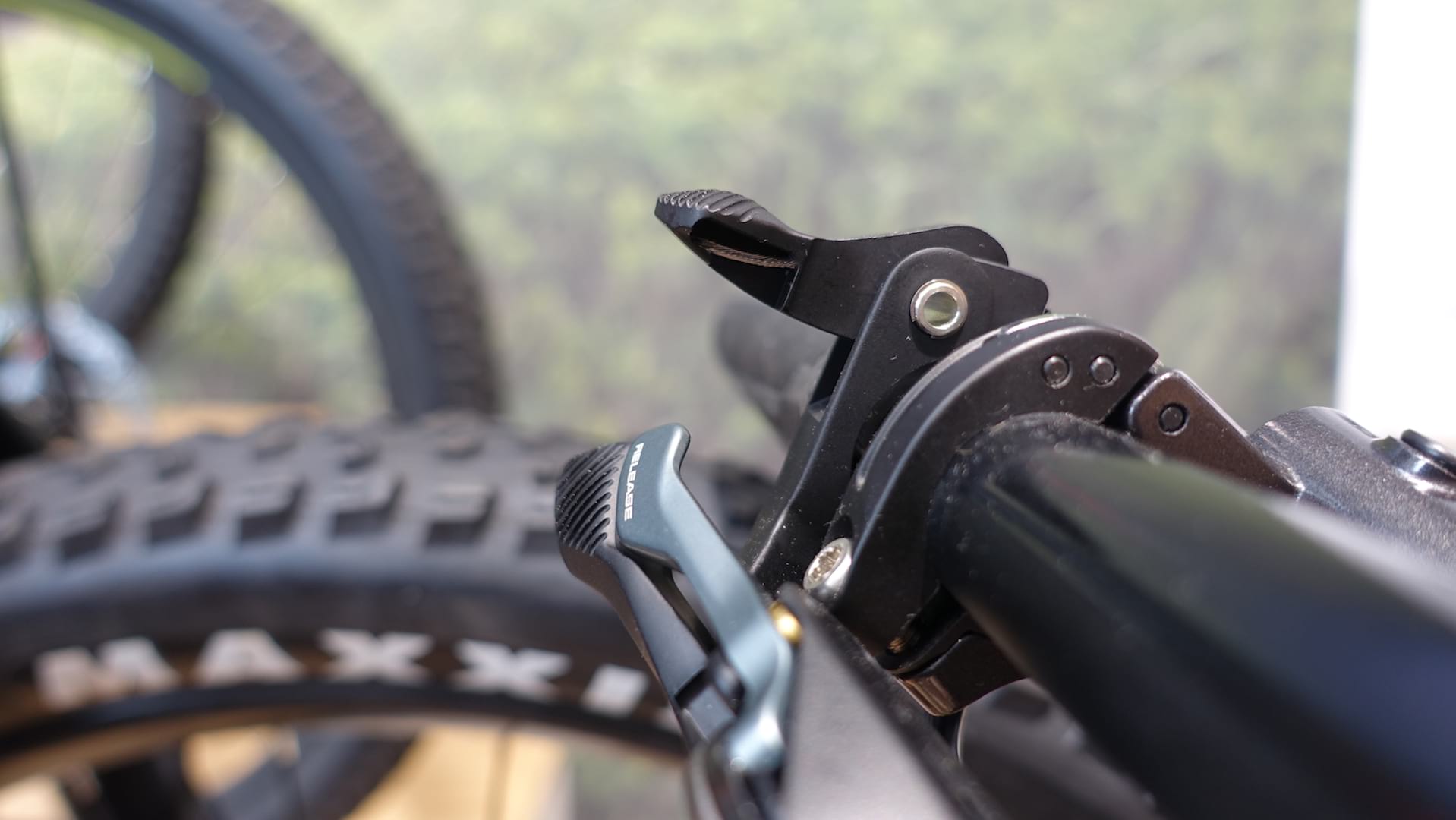
Scott will be revealing more details on its 2019 range at the end of August, so we’ll have to wait until then to find out what else it has cooking.
In the meantime, what do you think of the Ramp Adjust feature? Do you think it’s a useful adjustment? Or are you not sold on the extra lever and complexity?






Not enough levers or cables for my taste.
The only thing I am worried about is it being really progressive in the rear however the front stays relatively the same. You will probably have to compromise between the two modes to balance out the shock.